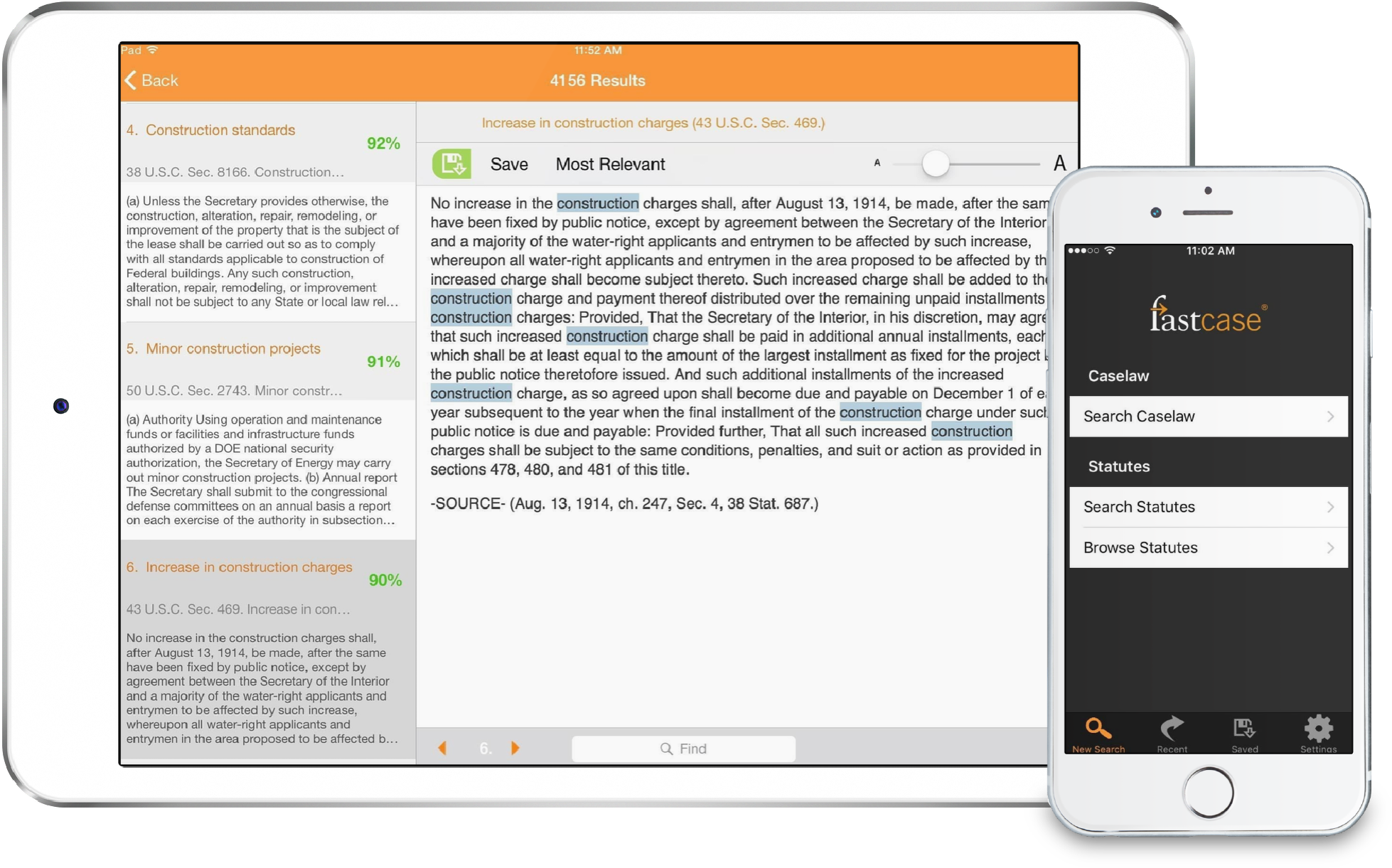Sony v. Hotz Ends in Settlement
The digital space continues to be an area where the legal world searches for its footing. For the past decade, intellectual property rights holders have been fighting to maintain control over their product. The most notable and heated battles have taken place in the music, film, and software industries. There has been a back and forth between waves of tighter control through propriety devices/software and blunt force litigation.
2011 appeared to continue this path as another legal battle began. Expanding on the above theme, it moved onto hardware, specifically the Sony Playstation 3. Earlier this year, Sony’s Playstation 3, a high-definition gaming console was “jailbroken.” Jailbreaking or the freeing of a device from limitations imposed by its manufacturer or provider is typically associated with cellular phones- Apple’s iPhone in particular. In the phone’s case the modification allows users to bring the phone to any compatible service provider.
In this case, the system becomes completely open, allowing users to fiddle with the internal code, install applications, and likely pirate games. The entire process of discovery was presented during a conference in Berlin and was posted online in a three part series. The crew that managed to accomplish this monumental task claimed to have only attempted jailbreaking the device after Sony decided to remove the use of Linux as one of the system’s features- a key feature since the system’s debut in 2007 which was removed by a software patch in April 2010.
The case raised some interesting questions from the very beginning. For one, there was the matter of jurisdiction. Sony wanted the case tried in California for three reasons: their stated Terms of Use, the location of Sony America in California, and the process to jailbreak was posted on YouTube, a California based company. The defendant however lived in New Jersey and the process was uploaded there. In February the judge who was deciding the issue gave this skeptical statement to Sony’s attorney- “…if using Twitter or Facebook is enough to bring a case to San Francisco, “the entire universe would be subject to my jurisdiction.”
Another issue was the role of an electronic Terms of Use agreement, the language of which was in dispute. A ruling on such an agreement could have had wide ranging implications for consumers and how they interact with EULAs (end-user license agreements) and Terms of Use agreements as well as the role and authority of such terms. Sony’s tactics for addressing its intellectual property rights would have likely also have been brought to the courts attention. One of the more interesting aspects would have been to see is how the court addressed the act of jailbreaking itself. One of the members of the team was also responsible for jailbreaking the iPhone, which was ruled lawful in July 2010 by the Federal government. It would have been interesting to see what was deemed different, if anything, between the two cases.
Alas, after several months of waging an effective public relations campaign, the case was recently settled. Many of the questions that the case could have raised may never be answered, leaving legal uncertainty in its wake. Sony and the defendant both claim victory. Neither side gave in. The only information that has been released about the settlement is that the defendant will agree to not work around any of Sony’s decryption or help others to do so.
However, the code is now out on the internet. Apparently you could even tweet parts of it. Anyone can search for the program, download it onto their PC, and use it with no special equipment necessary. There is no getting the cat back into the bag. Sony cannot remove it from the internet. At least everyone was spared a case that could easily have become the circuses that the RIAA and Hollywood bring to the courtroom. While plenty of legal questions remain for the future, there is one thing that we can all take away from this: you should always create a strong password.




